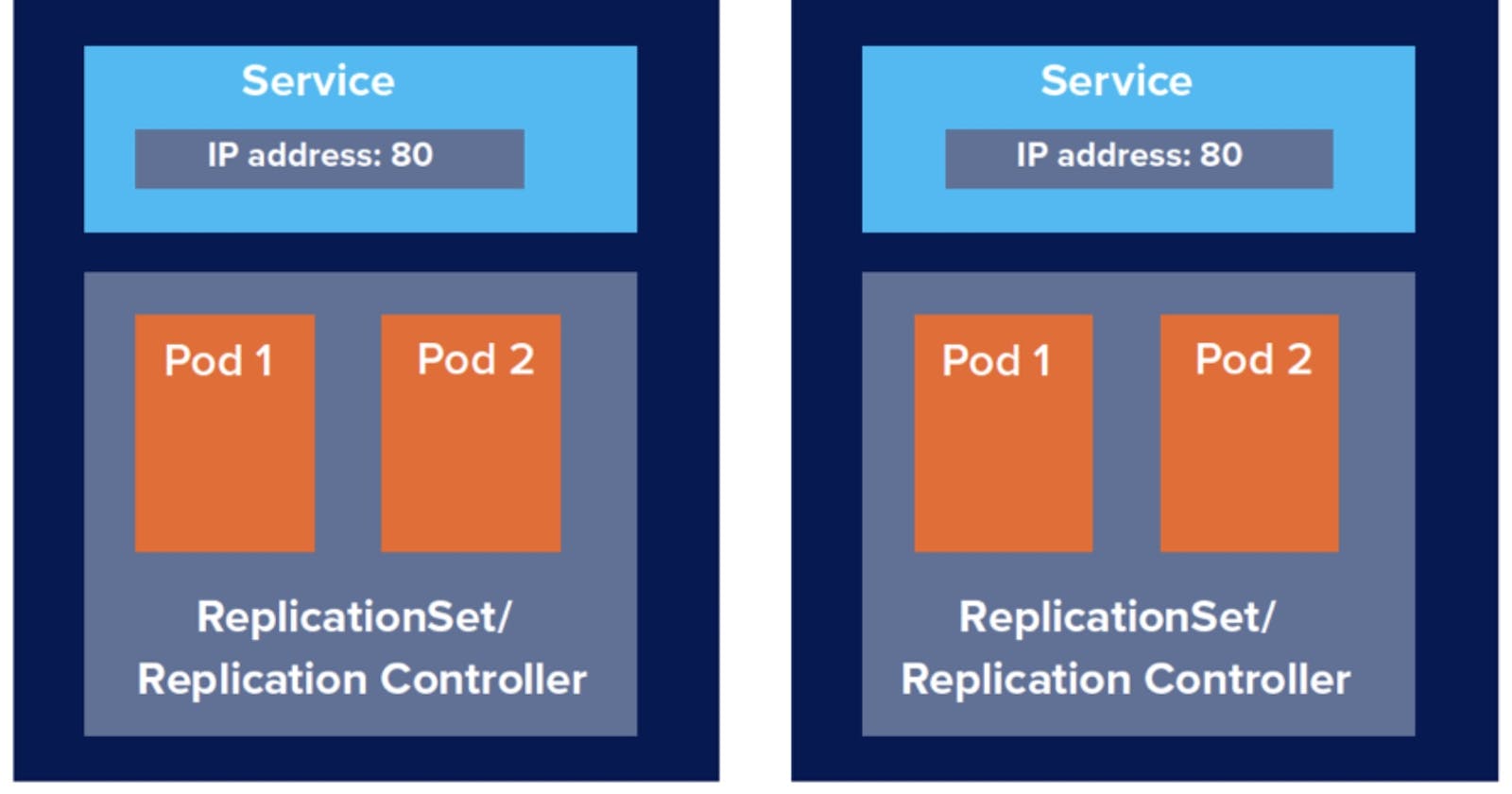🌐 Hey everyone, today I want to shed some light on an amazing concept in container management called Kubernetes Namespaces! 📦
Kubernetes Namespaces provide an essential organizational structure within the Kubernetes platform. It enables enterprises to efficiently manage a diverse set of applications, empowering teams to work seamlessly, capitalize on resource isolation, and ensure smooth application deployment. 🌐
🤔 Let's start with the basics. Imagine that you are running a successful online business. To keep things organized and efficient, you need to categorize your products into different sections. This way, your team knows exactly where each item belongs and can work on them separately without causing any confusion. Well, Kubernetes Namespaces work similarly! 🏢
🌈 Technically speaking, Kubernetes Namespaces are virtual clusters that allow you to divide your physical or virtual infrastructure into logical parts. These parts are completely isolated from each other, creating a safe space to deploy and manage your containers with ease. 😇
🔧 Here's an example to help illustrate the power of Kubernetes Namespaces: imagine you have a microservices-based application with different components like frontend, backend, and databases. By utilizing Namespaces, you can deploy each component into a separate virtual cluster, ensuring that they don't interfere with each other. This way, your frontend developers can make changes without worrying about affecting the backend, and vice versa! 💡
💻 From a technical standpoint, Namespaces provides a way to organize and segment your resources. You can allocate specific CPU, memory, and storage limits to each Namespace, making it easier to manage and optimize your infrastructure based on the needs of each component. 📊
🌟 The benefits of Kubernetes Namespaces are immense! They simplify the management of complex applications, improve security by isolating resources, and increase scalability by allowing you to scale each component independently. It's like having virtual containers within containers! 🚀
Imagine you have a web application that you want to deploy in a Kubernetes cluster, and you want to maintain separate environments for development, staging, and production. Here's how you can use namespaces:
Development Namespace: You create a Kubernetes namespace named "dev" for the development environment. Inside this namespace, you can deploy the latest version of your web application for development and testing. Developers can work on new features and updates without affecting the other environments.
Staging Namespace: You create another Kubernetes namespace named "staging" for the staging environment. This is where you deploy versions of your application that are ready for testing in an environment that closely resembles the production environment. You can use the same deployment configurations as in the "dev" namespace but with more realistic data and configurations.
Production Namespace: The "prod" namespace is where the live production version of your web application runs. This is the most critical environment, and you want to ensure its isolation from the other environments. You can configure this namespace with scaling and resource configurations suitable for production traffic.
By using Kubernetes namespaces in this way, you can:
Keep the development, staging, and production environments separate, reducing the risk of issues in one environment affecting the others.
Manage resources and configurations specific to each environment.
Control access and permissions to each namespace, allowing only authorized personnel to make changes.
Deploy different versions of your application to different environments easily.
Monitor and scale each environment independently.
🌐 So, whether you're managing a small or large-scale containerized application, Kubernetes Namespaces are here to make your life a whole lot easier.
